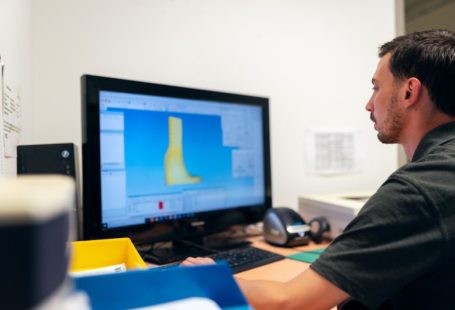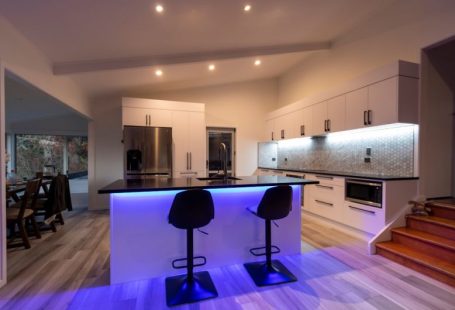In today’s fast-paced world, having a versatile and efficient computer system is essential for productivity and staying connected. One way to maximize the capabilities of your PC is by creating a dual-boot system that allows you to run two different operating systems on the same machine. This setup can be particularly useful for individuals who need to use multiple operating systems for work or personal reasons. In this article, we will explore the process of crafting a dual-boot micro PC system and the benefits it can offer.
Choosing the Right Hardware
Before diving into the setup process, it is important to ensure that your hardware is compatible with running two operating systems simultaneously. When selecting a micro PC for a dual-boot setup, look for a model with sufficient processing power, storage capacity, and memory to support both operating systems. Additionally, consider the compatibility of the hardware components with the operating systems you plan to install.
Installing the Operating Systems
To create a dual-boot micro PC system, you will need to install both operating systems on separate partitions of your hard drive. Begin by selecting the primary operating system that you will use as the default boot option. This will be the operating system that the computer automatically boots into unless you manually select the secondary operating system during startup.
Once you have chosen the primary operating system, proceed to install it on the first partition of your hard drive. Follow the installation instructions provided by the operating system’s installer, ensuring that you allocate sufficient space for the installation.
After installing the primary operating system, create a separate partition on your hard drive for the secondary operating system. This partition will house the files and system data for the second operating system. Proceed to install the secondary operating system on this partition, following the installation instructions provided by the installer.
Configuring the Bootloader
A crucial step in setting up a dual-boot micro PC system is configuring the bootloader. The bootloader is a program that allows you to choose which operating system to boot into when you start your computer. Common bootloaders include GRUB for Linux-based operating systems and Windows Boot Manager for Windows-based operating systems.
During the installation of the second operating system, the bootloader will typically detect the presence of the primary operating system and offer you the option to dual-boot. Follow the prompts to set up the bootloader and configure the boot menu to display both operating systems as boot options.
Benefits of a Dual-boot Micro PC System
Crafting a dual-boot micro PC system offers several benefits for users who need to switch between multiple operating systems. One of the key advantages is the ability to access different software applications and tools that are only available on specific operating systems. For example, a user may need to run Windows for certain work-related applications while using Linux for development projects.
Additionally, a dual-boot setup allows users to segregate personal and work-related tasks on separate operating systems, enhancing privacy and security. By keeping sensitive data isolated on a separate operating system, users can mitigate the risk of data breaches or unauthorized access.
Moreover, a dual-boot micro PC system provides a versatile computing environment that can adapt to the user’s changing needs. Whether you need to test software compatibility across different operating systems or simply prefer the user interface of a specific OS for certain tasks, having the flexibility to switch between operating systems seamlessly can streamline your workflow and enhance productivity.
In conclusion, crafting a dual-boot micro PC system can unlock a world of possibilities for users who require the versatility of running multiple operating systems on a single machine. By carefully selecting compatible hardware, installing the operating systems correctly, and configuring the bootloader, you can create a seamless computing experience that meets your unique needs. Whether you are a developer, designer, or power user, a dual-boot setup offers the flexibility and functionality to maximize your productivity and creativity.





